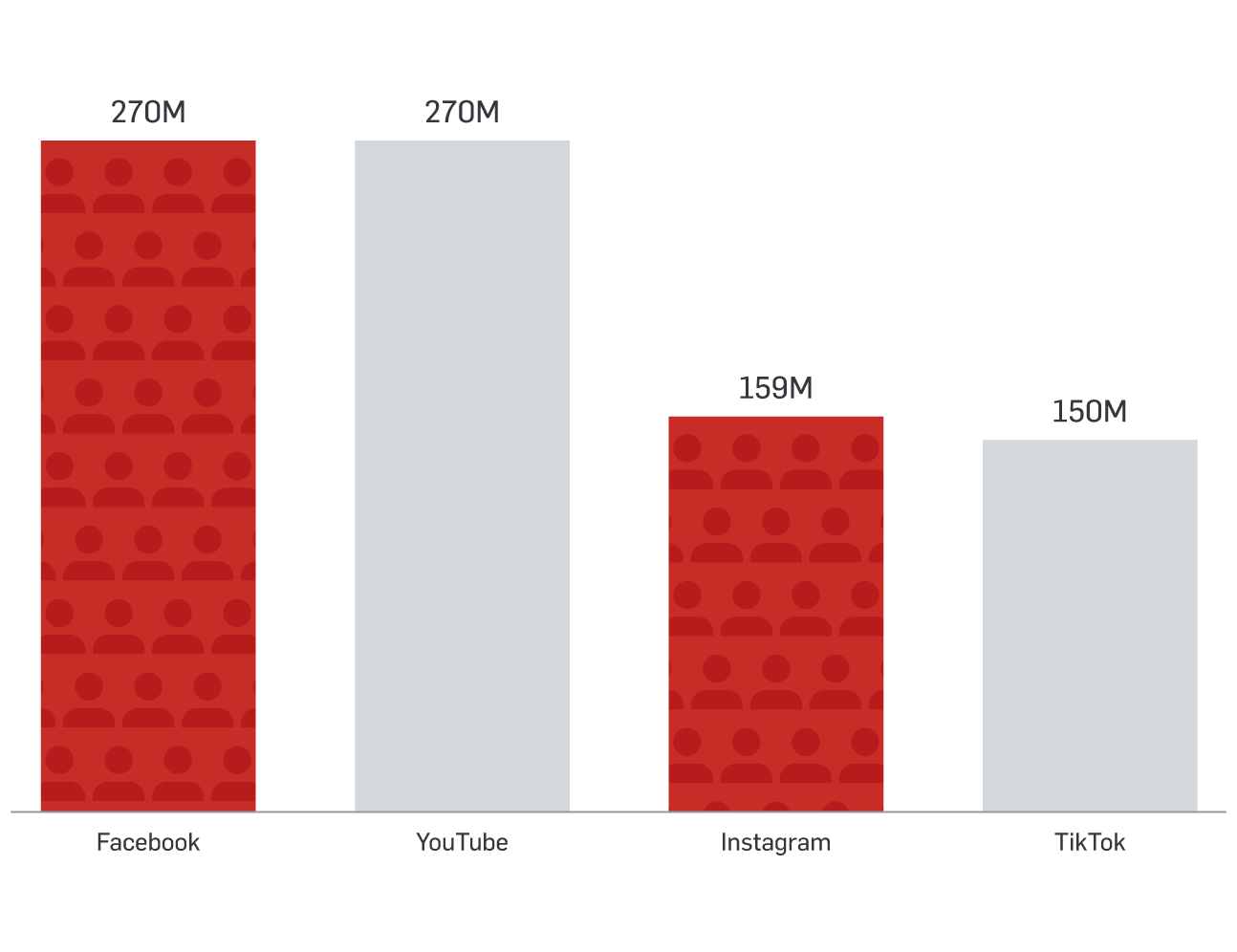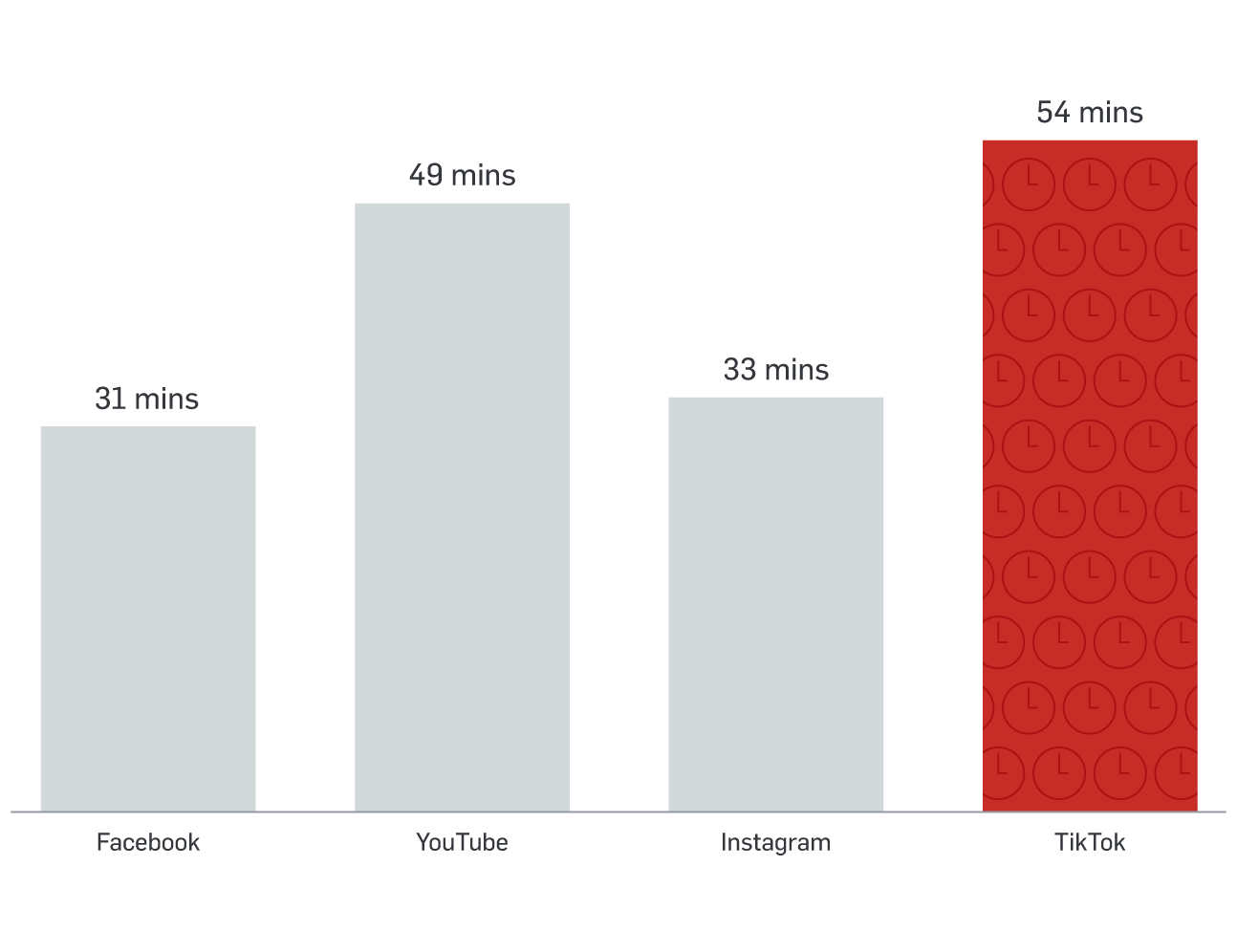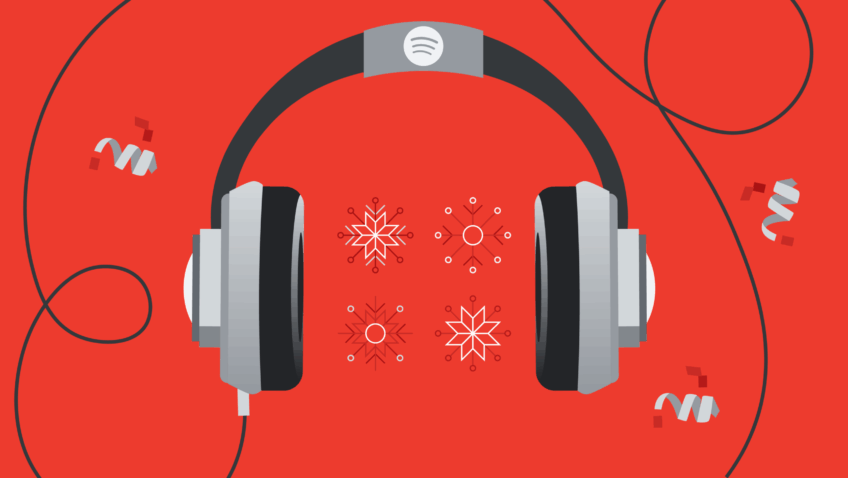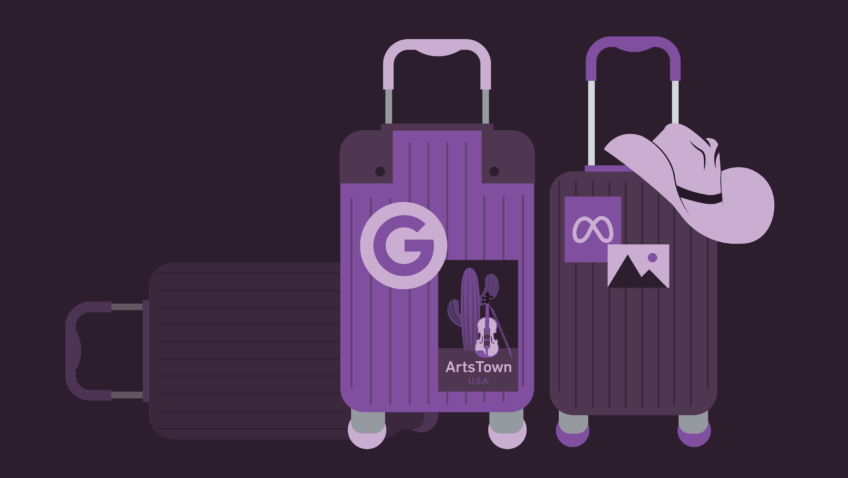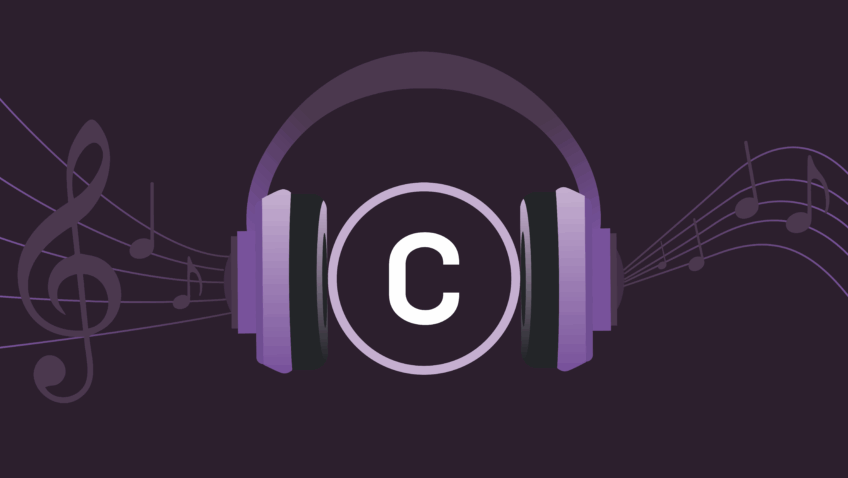Diversifying Beyond Google and Meta
2024 Digital Priorities
At CI, we understand that resources—like time, money, and staff—are limited. When managing paid advertising for our clients, our media plans focus on channels that will best serve your strategic needs and are most likely to meet your audience where they spend time.
For years, that meant investing first and foremost in Google and Meta, and while those channels are still an essential investment, usership among other platforms is growing—which means evaluating your channels strategically is critical for meeting your marketing goals in 2024.
A Lay of the Digital Land
Don’t get me wrong: Google and Meta are still the powerhouses of marketing arts and culture. Focusing on Google and Meta channels has long ensured our campaigns have the reach and scale to make an impact and allowed our clients to focus on creating the most compelling content for those specific channels.
Unpacking Meta’s Dominance
For the last decade, Facebook and Instagram have been by far the most used social media platforms in the U.S. and the most common among arts ticket buyers. Meta allowed us to efficiently reach potential audiences where they are spending the most time.
Social platforms provided unique opportunities to reach new or less familiar audiences with impactful visuals and creative flexibility. As opposed to a print ad or OOH placement, we can vary our messaging, test, and respond in real-time to performance. Granular targeting ensures we aren’t just shouting into the void, but instead focusing our investment on likely buyers.


